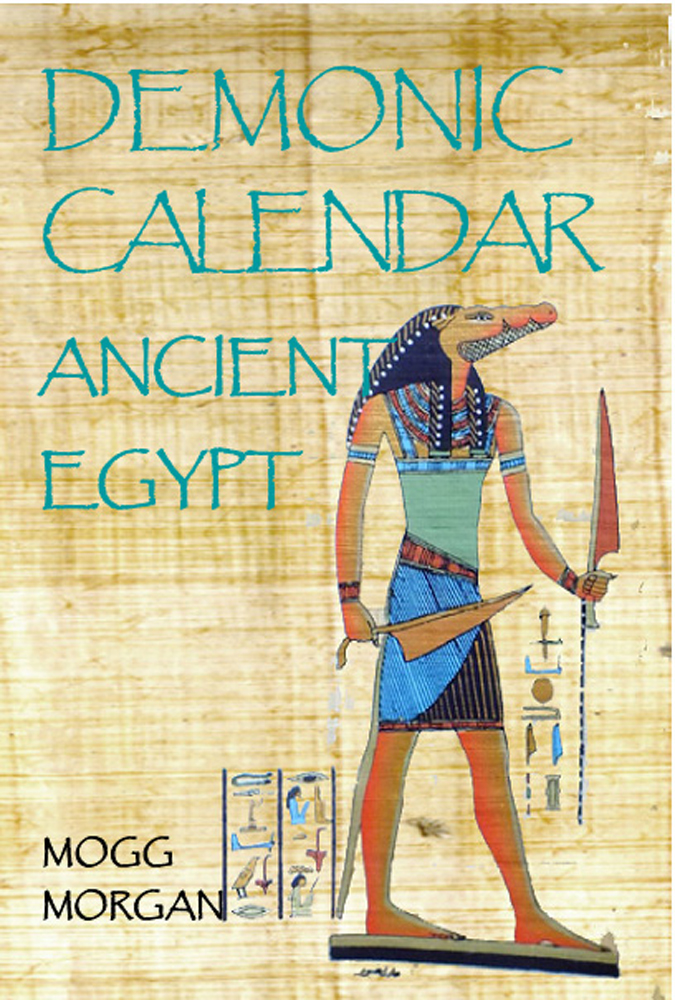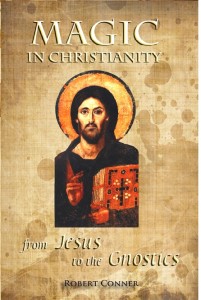
Demonic Calendar Ancient Egypt
Mogg Morgan
ISBN: 978-1-914153-01-3
$22.00+p&p / £14.99+p&p
Ebook:$9.99
Click HERE for UK edition
Click HERE for USA & Elsewhere
The ancient Egyptians divided the year into 36 weeks of ten days duration, hence “decan” from Greek “ten”. The iconography of the decans predates that of all famous European books of magick such as the Testament of Solomon or the Goetia. But one thing all these spirits have in common is their malign character.
Each decan is ruled over by particular stars, rising in succession over the course of a year. These can be observed rising on the eastern horizon just before dawn.
You and I were born into this intricate web of stars. The 36 decans are in effect an earlier Egyptian equivalent of the later Greek system of twelve zodiacal signs. The twelve culminating decans are also the equivalent of the twelve “houses”.
All information needed to use this calendar either in a ritual or for prognostications is included, as well as an ephemeris as well as information on how it is compiled, in case you want to make your own.

